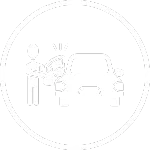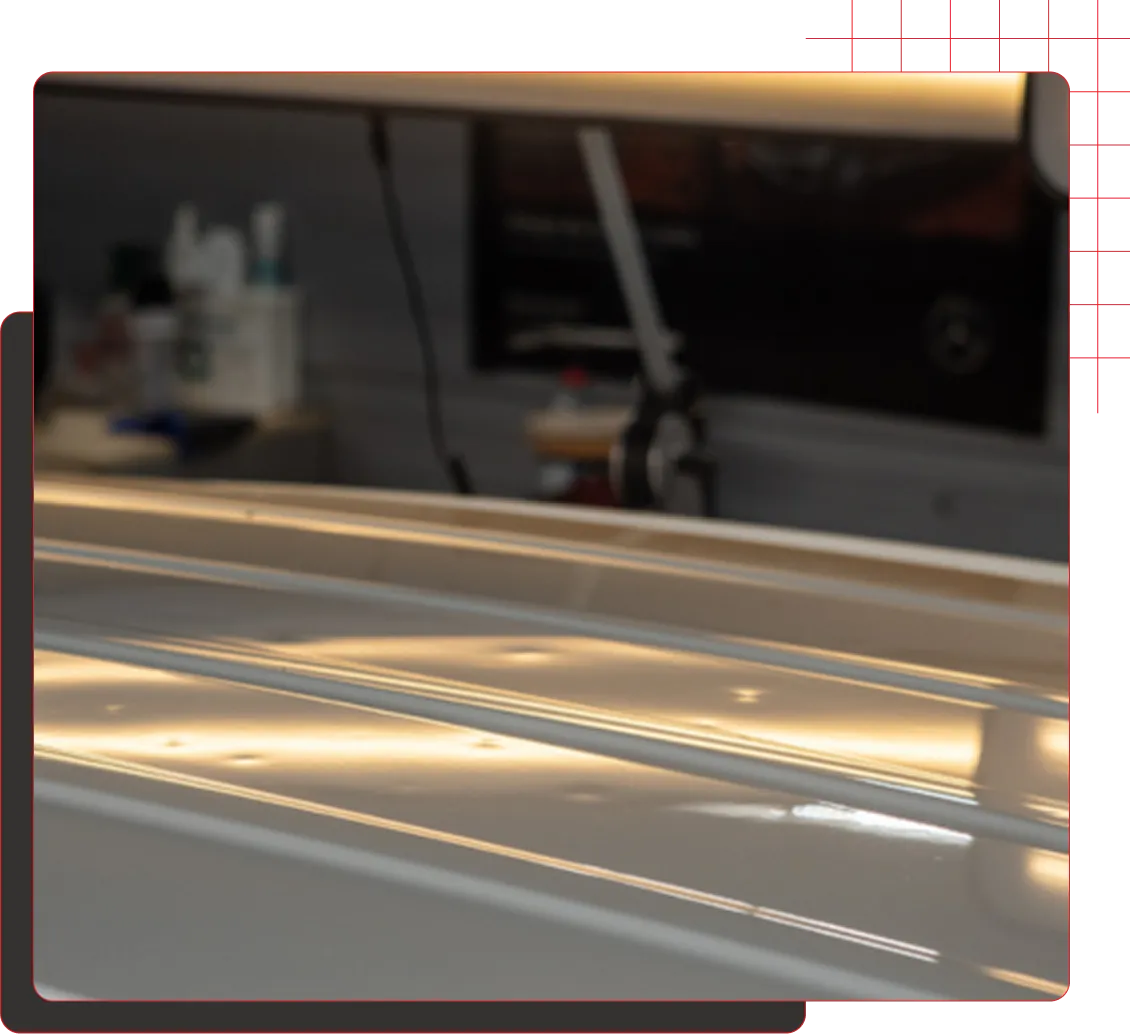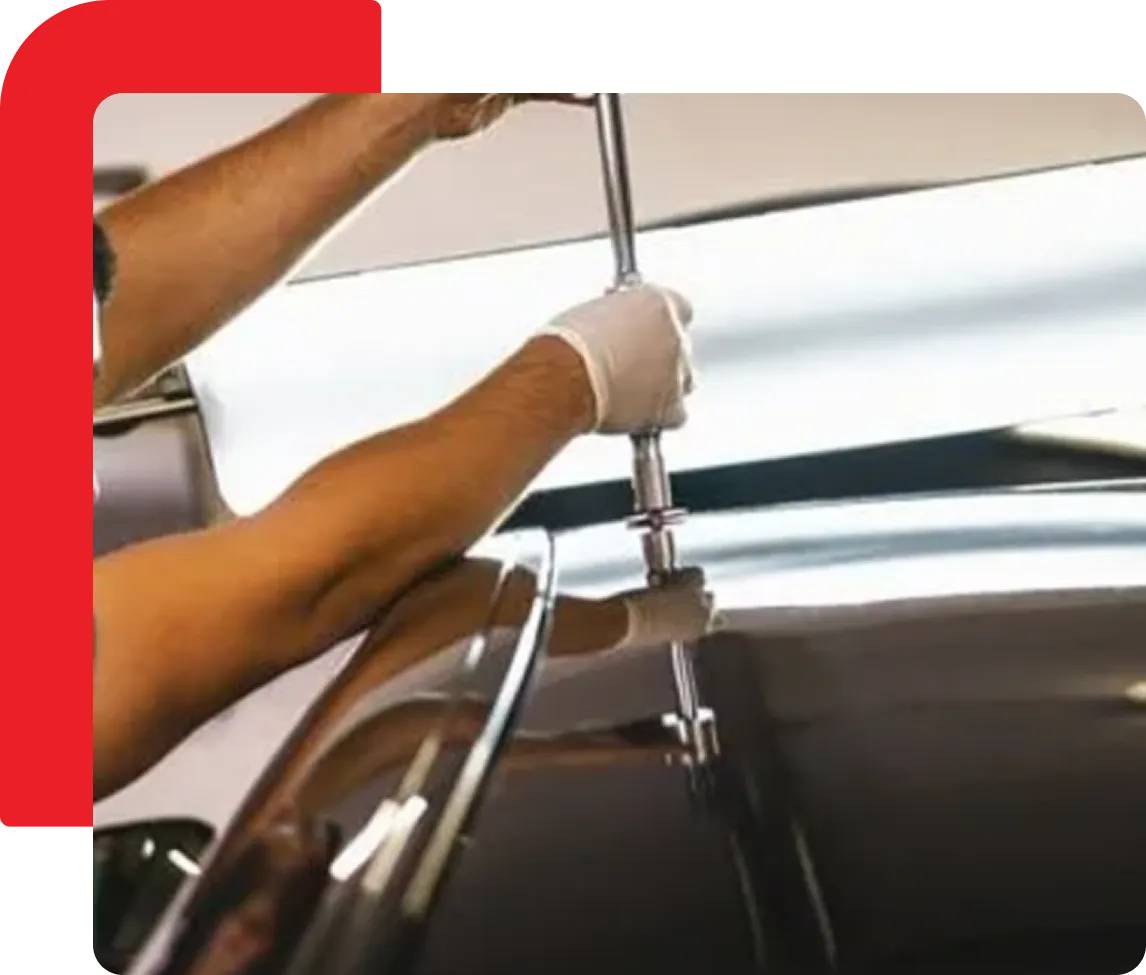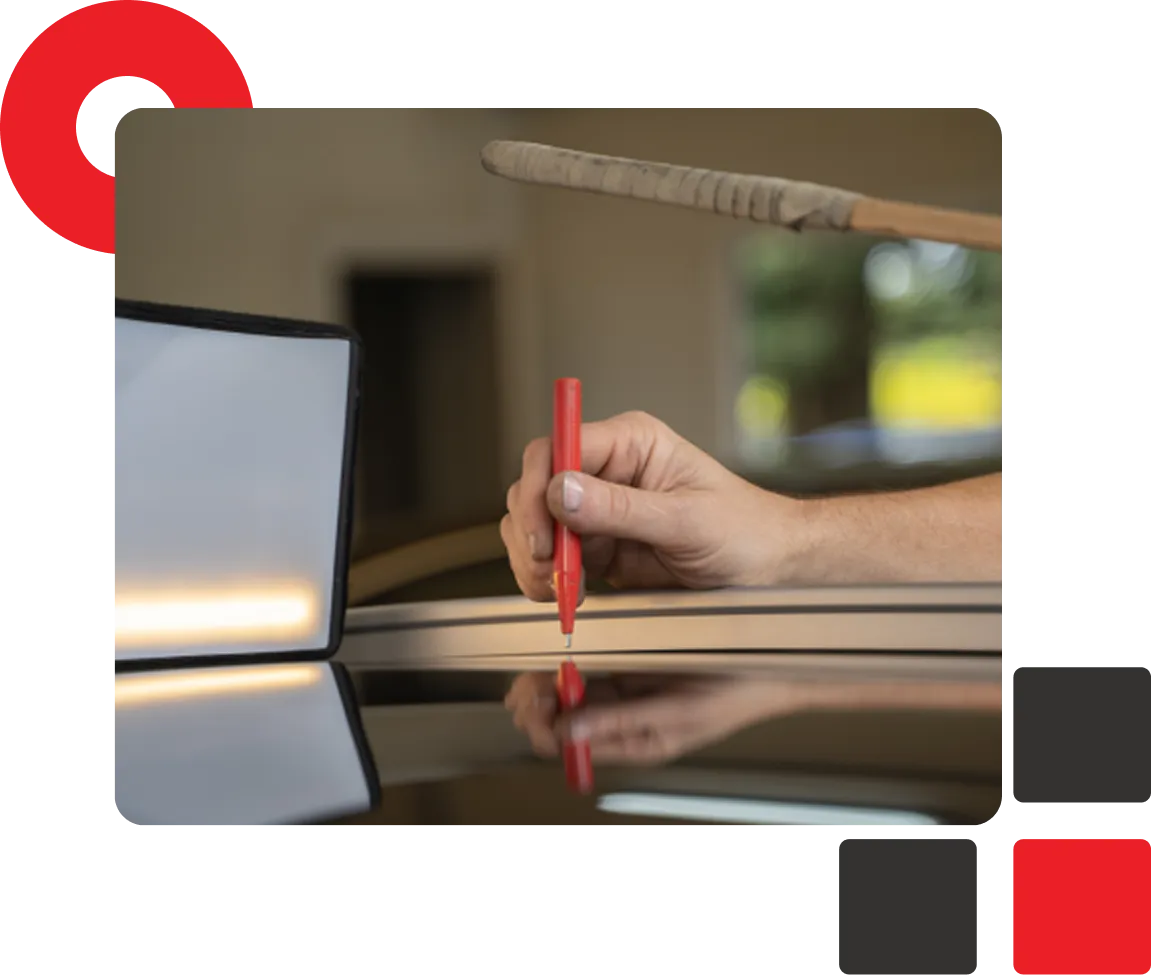Hail Damage Repair
How Hail Damage and PDR Affect Car Value

FSDAVCFEBFEVSDDVFSD

FSDAVCFEBFEVSDDVFSD

FSDAVCFEBFEVSDDVFSD
Why Minor Hail Damage Hurts Value Without Repair

Even small dents from hail can make a big difference in what a dealership or private buyer is willing to pay. It’s not just about looks—it’s about perception. Most buyers assume visible exterior damage means the car wasn’t properly cared for. That alone can drop the resale value, regardless of how well the engine runs or how new the tires are.
Clusters of dents on the hood, roof, or trunk create a negative first impression. During appraisals, even cosmetic hail damage signals added work for the next owner. Buyers often factor in repair costs or anticipate difficulty selling the car later. Dealerships apply automatic deductions for cosmetic issues, and private buyers may hesitate entirely. That’s why even “minor” hail dents have a measurable effect on your car’s value

PDR Helps Maintain Factory Finish
Paintless Dent Repair (PDR) is a non-invasive technique that restores metal panels by working from behind the surface. Technicians use specialized tools to massage the dented area back into place without sanding, body filler, or repainting. For hail damage, this means the original structure of the vehicle is preserved, and the repair process is typically faster and cleaner than traditional methods.
One of the biggest advantages of PDR is that the original factory paint stays intact. There’s no risk of mismatched colors, peeling clearcoat, or uneven blending. Since the paint remains untouched, the finish retains its durability and appearance—something buyers and dealerships actively look for. The vehicle maintains its OEM (original equipment manufacturer) integrity, which plays a key role in resale value.
Using PDR after hail damage keeps your car looking factory-fresh. Original panels that haven’t been sanded or painted are always preferred during appraisals. As a result, cars repaired with PDR usually receive stronger trade-in offers and maintain higher resale value compared to vehicles with visible bodywork or aftermarket paint jobs.

Repaired vs. Unrepaired Hail Panels
Leaving hail dents untouched almost always affects your vehicle’s resale or trade-in value. Appraisers and buyers view visible damage as a sign the car wasn’t cared for properly. Even if the engine runs fine, cosmetic issues give the impression of neglect. Most evaluators apply a flat reduction based on the estimated cost to repair the hail damage.
When those same dents are repaired using Paintless Dent Repair, the car presents much better. The surface appears untouched, with no signs of previous damage. Because PDR doesn’t involve sanding, filler, or repainting, there are no visible repairs to raise concern. Buyers see a clean panel and are more likely to offer full market value.
Traditional bodywork often leaves behind subtle traces of repair. Overspray, sanding residue, or paint depth inconsistencies can all show under the right lighting. These indicators may raise questions during appraisal and sometimes lead to lower offers, even if the original dent is no longer visible.

PDR typically doesn’t trigger negative marks during vehicle appraisals. Since it preserves the original factory paint and doesn’t involve sanding, filling, or repainting, it’s often considered a non-event in the eyes of appraisers. The repairs are clean and don’t change the structure or appearance of the panel in any noticeable way. That means you’re less likely to see deductions tied to visible work or non-OEM finishes. In many cases, appraisers won’t even realize a repair was performed unless you point it out.
At A+ Dent Medic, we specialize in this non-invasive approach to hail repair. Our methods maintain your vehicle’s factory finish while removing the cosmetic damage that can lead to lower offers. Because no repainting is involved, the integrity of the panel stays intact—and that’s something buyers and dealerships care about. You walk away with a car that looks the way it should and retains more of its value come sale or trade-in time.
Will Repairs Appear on Carfax?
If you file an insurance claim for hail damage, it often appears on your vehicle’s history report. Services like Carfax might list “hail damage reported” or simply “damage reported.” However, the report usually doesn’t specify how the damage was repaired—whether with paintless dent repair or full panel replacement. This can leave potential buyers uncertain about what was actually done.
For smaller dents, many vehicle owners choose to pay out-of-pocket for PDR. In those cases, the repair may not appear on Carfax at all. Since no insurance company was involved, there’s no formal report submitted. This helps maintain a cleaner vehicle history and avoids unnecessary questions from dealers or private buyers during resale or trade-in discussions.
Even if the damage doesn’t show up on a report, buyers may still ask about the vehicle’s past. Having photos of the original hail damage and a copy of the repair invoice helps build trust. It proves the issue was handled professionally—and gives buyers fewer reasons to question the car’s value or condition.
Documenting Repairs for Appraisers
It’s smart to keep detailed records when you repair hail damage with PDR. Take clear photos of the dents before the work begins. Attach them to a dated estimate and keep a copy of the final invoice after the job is complete. This creates a transparent history of the repair process.
Some appraisers appreciate seeing documentation like this during evaluation. If light impressions remain under certain lighting, your paperwork proves the issue was addressed professionally—not ignored. It can also help explain minor surface texture that might otherwise raise concern.
A printed record of professional repairs shows that the vehicle was cared for, not covered up. Buyers and dealerships alike value honesty. When you can show who did the work, when it was done, and how it was handled, it builds trust and supports the resale value of your vehicle.


A+ Dent Medic provides detailed receipts for every repair, outlining the work performed and confirming that paintless dent repair was used. If a dealership or private buyer has questions about the vehicle’s condition, we’re happy to explain the process on your behalf. This extra step means you won’t be left trying to answer technical questions or justify the repair choices alone.
Our team takes the time to walk customers through what was fixed, how it was done, and why PDR was the right option. Whether it’s showing before-and-after photos or summarizing the technician’s notes, we help you present a clear picture of the vehicle’s care. That kind of transparency helps eliminate doubt during appraisals or buyer inspections. With a strong paper trail and the support of a professional shop, your repaired vehicle is easier to trust—and that often leads to better offers when it’s time to sell or trade.
Keep Your Vehicle’s Value Intact
Fixing hail damage quickly—before rust develops or buyers take notice—is one of the smartest steps you can take to protect your car’s value. Even minor dents signal neglect to dealerships and private buyers, and that often leads to lower offers across the board.
Unrepaired damage tends to drop appraisals, no matter how small. Temporary fixes or “dent cover-ups” may look acceptable at first glance, but appraisers and history reports like Carfax can catch them. When that happens, the value hit can be much higher than the original repair cost would have been.
Paintless Dent Repair helps retain value because it preserves your original factory paint and avoids fillers or panel replacement. There’s no mismatched color, sanding marks, or reduced clearcoat protection. That’s why buyers prefer vehicles repaired with PDR—it looks better and feels more trustworthy. At A+ Dent Medic, we specialize in high-quality in-shop PDR. Our team repairs each dent properly, focusing on long-term value. If you plan to sell or trade, repairing the hail damage first helps you get the best return.

A+ Dent Medic
Paintless Dent Repair & Hail Damage Repair
Stay Up-to-date With Our Content
Subscribe to learn more about our mission!
Stay Up-to-date With Our Content
Subscribe to learn more!
Contact Info
Service Hours
Social Media
Mon-Thur: 8:00 am – 5:00 pm
Friday: Appointment Only
Sat-Sun: Closed
Home
Services
Service Areas
Blog
About
Contact
Contact Info
Service Hours
Mon-Thur: 8:00 am – 5:00 pm
Friday: Appointment Only
Sat-Sun: Closed
Social Media

Licensed & Insured